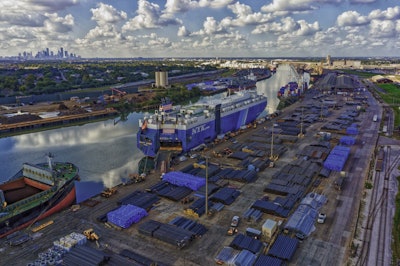
Transportation costs for shipping corn and soybeans from the United States to global markets showed divergent trends in the first quarter of 2025, according to the latest report from the U.S. Department of Agriculture's Agricultural Marketing Service.
The U.S. Gulf route, a major corridor for global grain exports, saw transportation costs increase 5.67% for corn and 10.65% for soybeans compared to the previous quarter. This rise was primarily attributed to the seasonal shift from barge to rail transportation during winter months when the upper and mid-Mississippi River is closed.
In contrast, the Pacific Northwest (PNW) route experienced a more modest increase of 1.45% for corn and 1.33% for soybeans in transportation costs compared to the previous quarter. The slight uptick was driven by higher truck freight rates, which offset decreases in rail and ocean freight rates.
Despite these quarter-to-quarter increases, year-over-year comparisons showed a decrease in transportation costs for both routes, reflecting a broader trend in global shipping. The Gulf route experienced a 0.77% decrease for corn and a 0.74% decrease for soybeans, while the PNW route saw a 2.83% decrease for corn and a 2.63% decrease for soybeans. These reductions were mainly due to lower ocean freight rates globally and decreased rail freight rates for PNW routes.
Total landed costs, which include both transportation costs and farm values, increased quarter-to-quarter for both routes. The Gulf route saw a 6.85% increase for corn and a 3.01% increase for soybeans, while the PNW route experienced a 5.27% increase for corn and a 0.71% increase for soybeans.
The report also noted significant changes in grain inspections at both Gulf and PNW ports, reflecting shifts in global demand patterns. Gulf inspections of corn for export increased by 48% year-over-year, while soybean inspections decreased by 13%. At PNW ports, corn inspections rose by 40%, but soybean inspections fell by 32%.

















